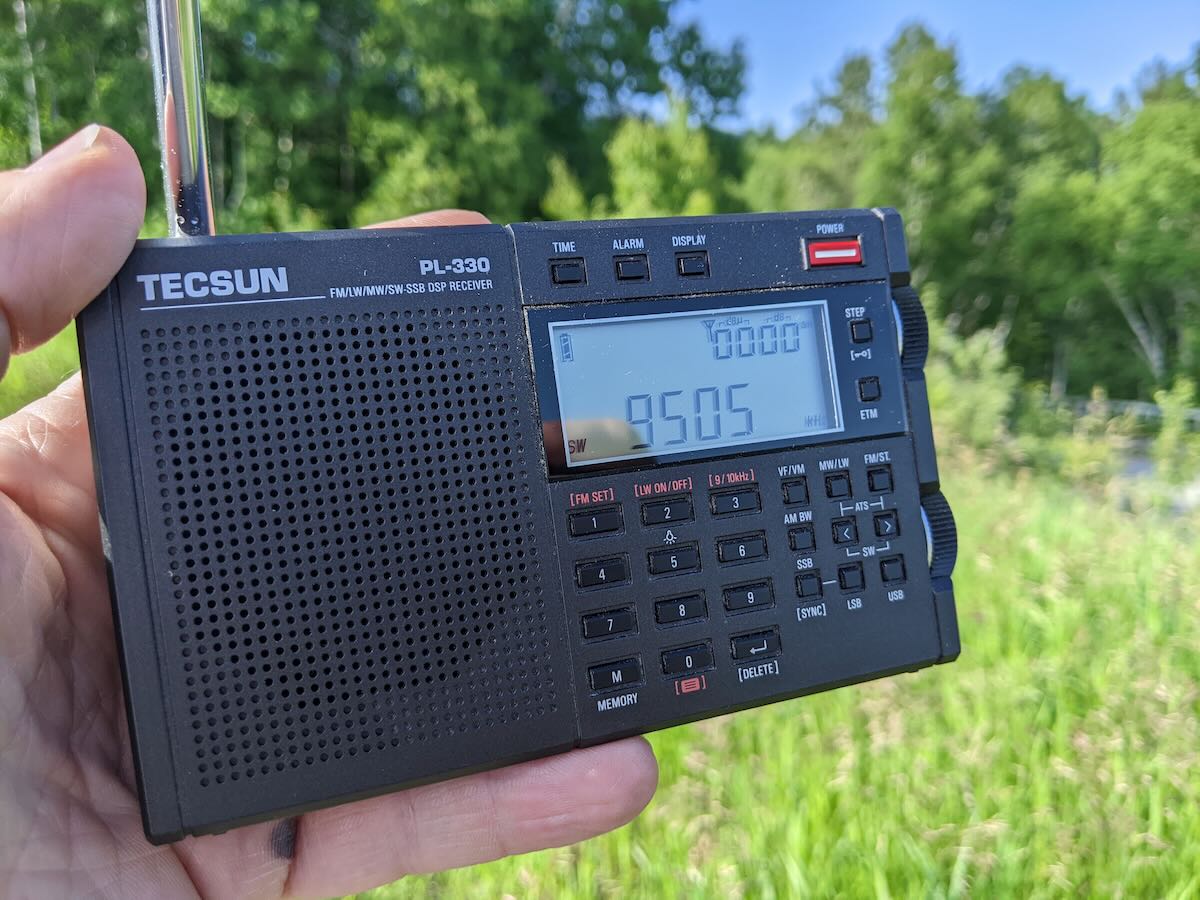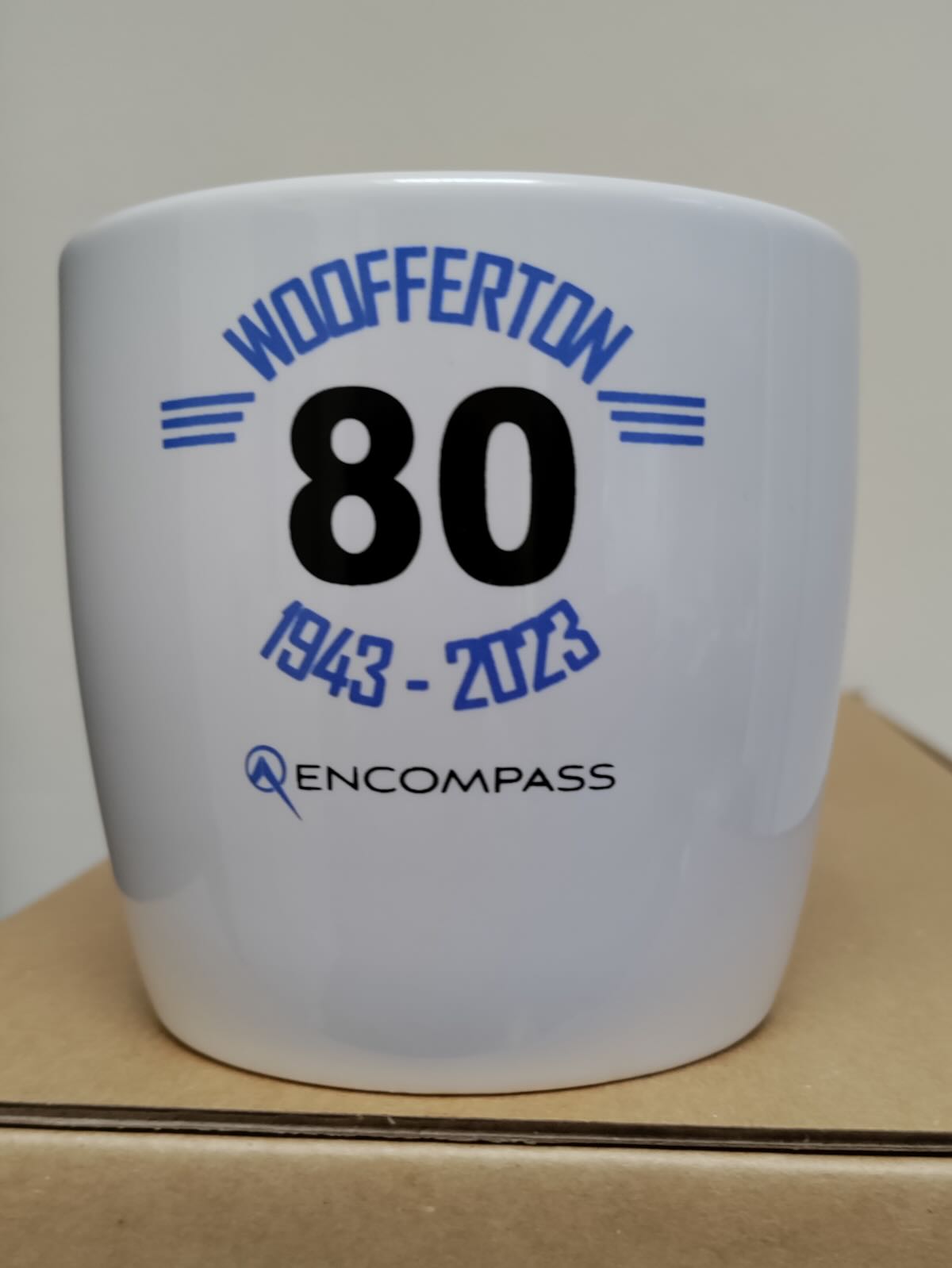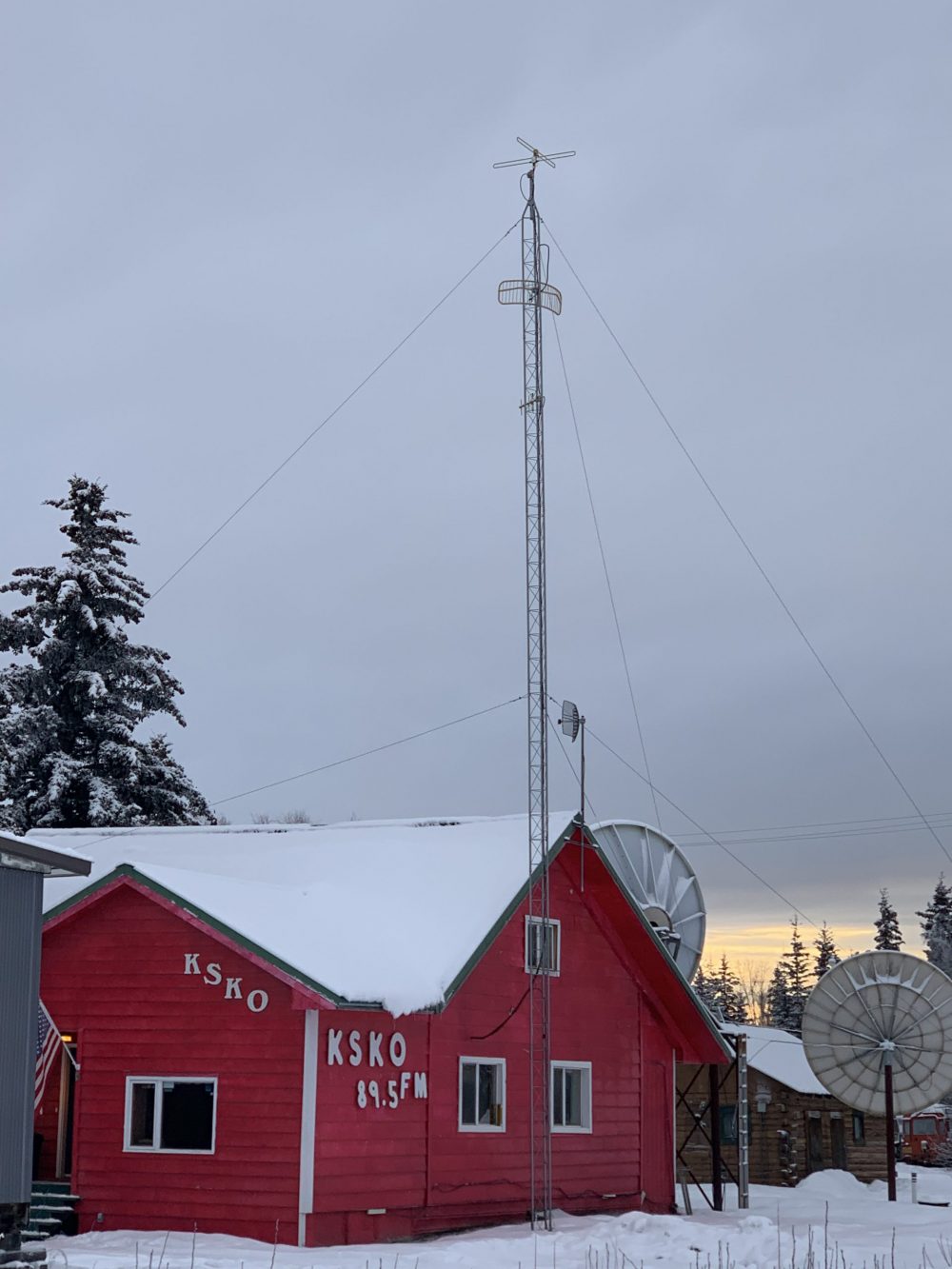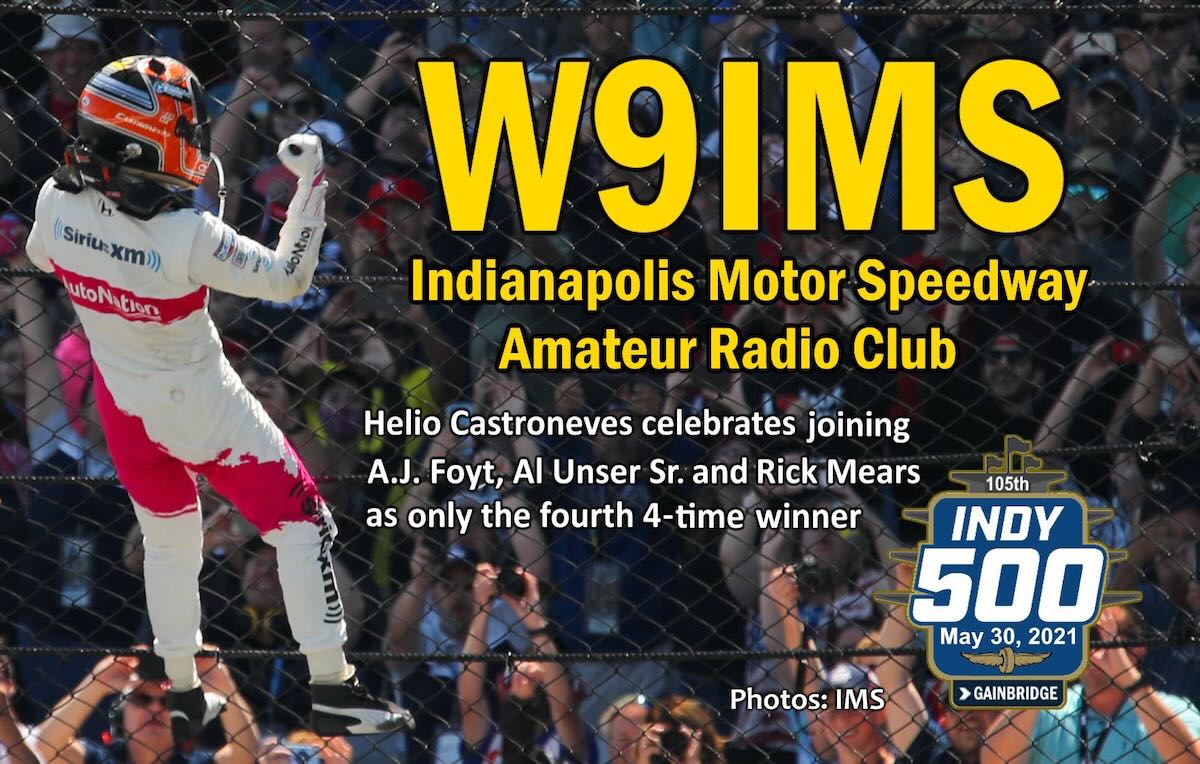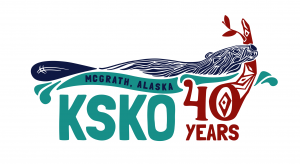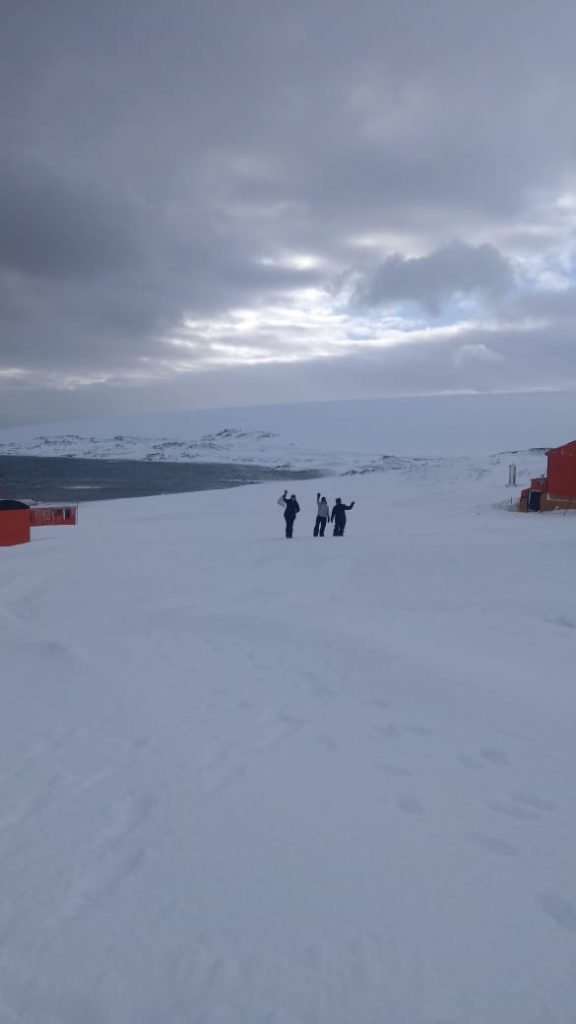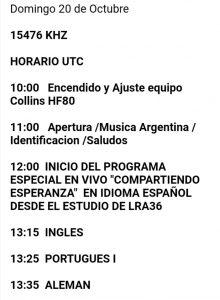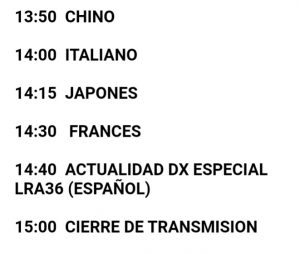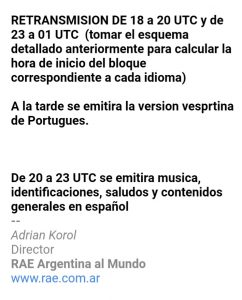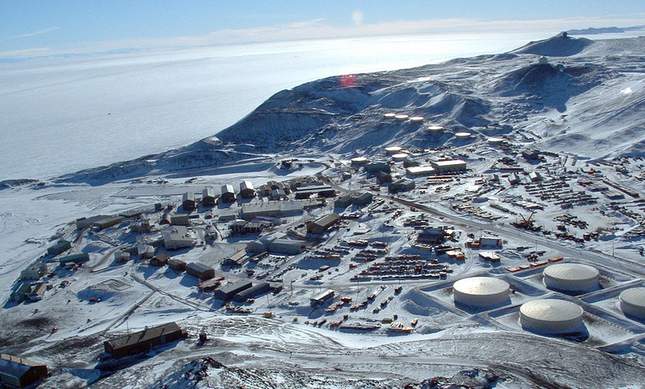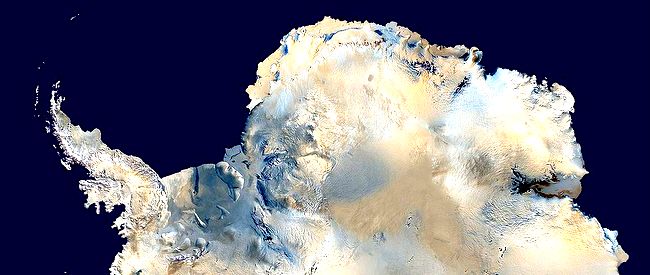 Every year, the BBC broadcasts a special program to the scientists and support staff in the British Antarctic Survey Team. The BBC plays music requests and sends special messages to the small team located at various Antarctic research stations. Each year, the thirty minute show is guaranteed to be quirky, nostalgic, and certainly a DX-worthy catch!
Every year, the BBC broadcasts a special program to the scientists and support staff in the British Antarctic Survey Team. The BBC plays music requests and sends special messages to the small team located at various Antarctic research stations. Each year, the thirty minute show is guaranteed to be quirky, nostalgic, and certainly a DX-worthy catch!
After successful listener events from years past, I’m once again calling on all SWLing Post readers and shortwave radio listeners to make a short recording (say, 30-60 seconds) of the BBC Antarctic Midwinter Broadcast today and share it here on the SWLing Post. Details on this below.
Time and frequencies
Our intrepid contributor, Richard Langley, reports the following message from the British Antarctic Survey:
The BBC Antarctic Midwinter Broadcast will be transmitted at 21.30 GMT on 21 June on shortwave frequencies: 9585kHz, 11685kHz and 9870kHz.
Recording the Midwinter Broadcast has become an SWLing Post community tradition! Read our previous post for more details.
I’m especially fond of this broadcast as it always falls on my birthday and it’s always fun capturing this unique DX!
Share your recording and notes with us!
Comment with your recording!
During the Midwinter broadcast, I will publish a dedicated post where you can comment and include links to audio and video of your 2024 Midwinter Broadcast recordings. When this post is available, I will link to it here. This will allow you to post your logs and recordings at your convenience without my availability becoming the bottleneck.
So that there’s no confusion, I’ve turned off comments on this post so that comments are left on the appropriate article.
Here’s the format I’d like you to leave in your comment of the dedicated post:
Name:
Listening location:
Notes: (Include frequencies and any details about your receiver and antenna.)
Link to audio or video: (YouTube, Vimeo, Internet Archive, SoundCloud, etc.)
Video and Audio Recordings
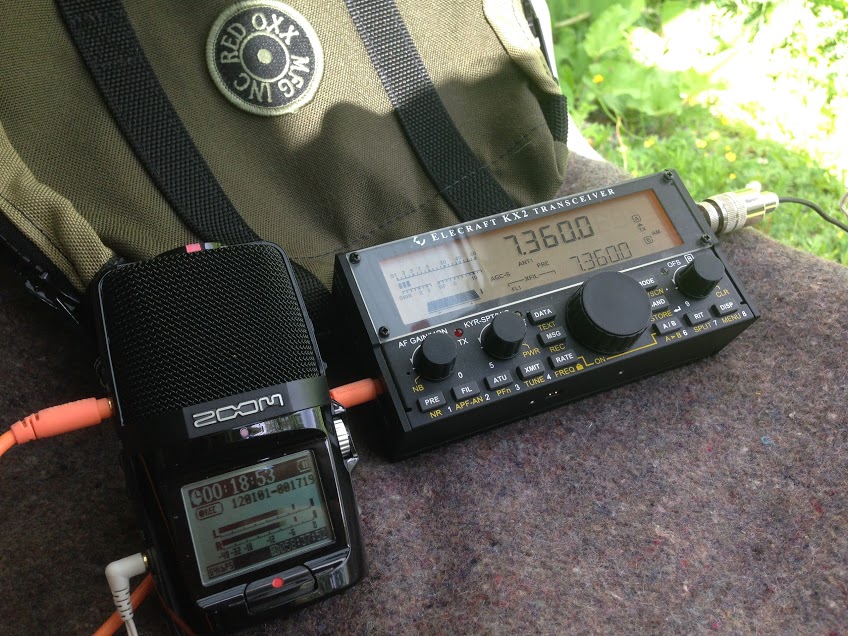 There is no way to directly upload audio in your comments, however, you can link to the recordings if you upload them to the Internet Archive (which I’d highly recommend) or any of the video streaming services–like YouTube and Vimeo–or audio services like SoundCloud.
There is no way to directly upload audio in your comments, however, you can link to the recordings if you upload them to the Internet Archive (which I’d highly recommend) or any of the video streaming services–like YouTube and Vimeo–or audio services like SoundCloud.
If you have a photo you’d like to include in your comment, send me an email from the same address you used in your comment. I’ll manually post the image at the top of your comment when time allows.
As with each year, I’ll make sure the BAS team and the BBC receive a link with all of your recordings!

